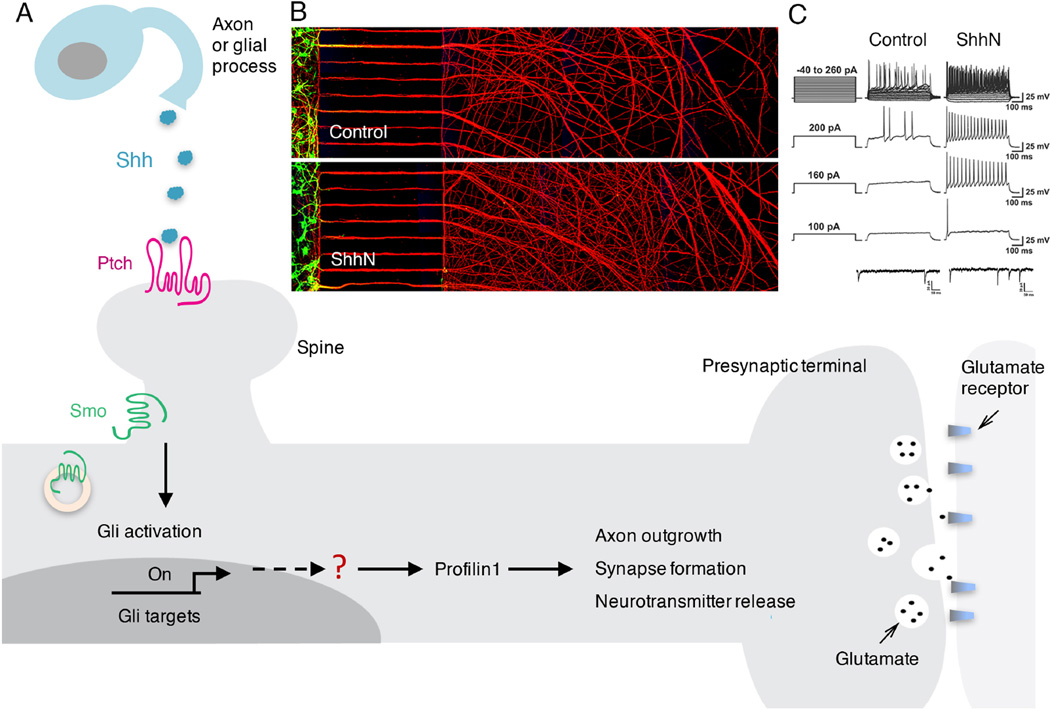Figure 2. Mechanisms by which Shh may regulate axon outgrowth and synaptic plasticity.
(A) Shh molecules, released from neurons or glial cells, bind to the receptor Ptch located on the dendrites, in particular the dendritic spines, of receiving neurons. The binding of Shh to Ptch allows activation of Smo, which subsequently triggers transcription of target genes through the Gli family of transcription factors. Proteins that are not direct targets of Gli, such as profilin1, can also be upregulated by Shh through not-yet-known mechanisms. Upregulated prolilin1, and likely additional proteins, then promote and regulate axon outgrowth, presynaptic terminal formation, and synaptic plasticity. (B) Example of an experiment with embryonic hippocampal neurons in a compartmentalized culture system shows that Shh stimulates axon outgrowth indirectly and trans-neuronally via Shh receptors in the somatodendritic compartment. Neurons were plated in the compartment at the left and their axons (red; immunostained with an antibody against the axonal marker Smi312) grew through parallel microgrooves and into the compartment at the right. In the compartment at the left are cell bodies and dendrites (green; immunostained with an antibody against the somatodendritic marker MAP2). Shh was applied to the somatodendritic compartment, but not the axonal compartment. Notice higher density of axons in Shh-treated neurons. Scale bar is 450 µm. The images are related to experiments reported in ref. 27. (C) The upper four rows of traces show membrane voltage recordings in control and Shh-treated cultured hippocampal neurons at the indicated current steps. Neurons exposed to Shh exhibit increased axon potential frequency. The lower two traces show recordings of miniature excitatory postsynaptic currents in hippocampal neurons that were exposed to vehicle or Shh. Shh increased the mEPSC frequency indicating increased glutamate release from presynaptic terminals (modified from ref. 31).

